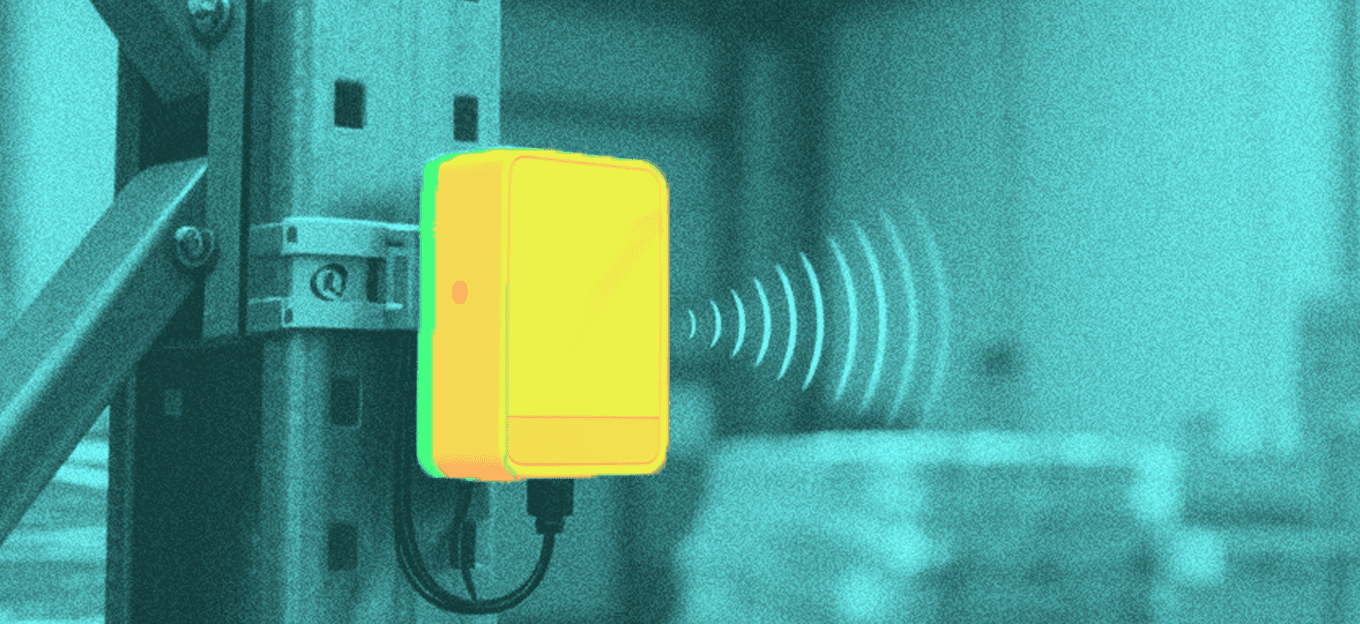A Practical Guide to Antenna RFID Linear: What You Should Really Know
A Practical Guide to Antenna RFID Linear: What You Should Really Know
- Last Updated: October 3, 2025
Cykeo
- Last Updated: October 3, 2025



When people first get into RFID projects, they usually pay a lot of attention to the reader itself, sometimes even the tags, but the antenna is what really makes or breaks the system. Among different options, the antenna RFID linear type is one that often sparks questions: when should you use it, and how do you get the most out of it?
What Makes a Linear RFID Antenna Different
A linear RFID antenna sends radio waves in a straight line, in one fixed orientation—either horizontal or vertical. This gives it a sharper, longer reach compared to circular antennas. The catch? If your tags are not aligned in the same direction as the antenna, your read rate may drop.
I remember once setting up a gate checkpoint for pallets. The linear antenna had fantastic range, but only after we standardized how the labels were applied. Before that, some boxes would read instantly while others slipped through like ghosts. It’s not about the spec sheet—it’s about alignment.
Advantages You Can Actually Feel in the Field
- Extended read range: In open areas, I’ve seen linear antennas easily outperform circular ones by a couple of meters.
- Better penetration: If you’re trying to read through cardboard or thin plastic wrap, linear polarization tends to punch through with less signal loss.
- Energy efficiency: Because the field is concentrated in one direction, less power is wasted.
But these advantages only matter if your environment is under control. If tags are spinning around, such as in a conveyor or messy warehouse, you’ll quickly notice missed reads.
When to Avoid Linear Antennas
There’s a temptation to go for the strongest-looking spec, like 12 dBi gain and narrow beam width. On paper, it feels powerful. In practice, that narrow beam can be a headache. Once I tried using such an antenna to cover a wide loading dock. The result? I ended up with dead zones and had to reposition the hardware multiple times. If your tags don’t have predictable orientation, a circular option or a mix of both is often more reliable.
Key Factors to Watch Out For
- Beam width vs. coverage: Narrow beams go far but miss wide areas.
- Mounting height and angle: Small changes here can double or kill your read zone. Always bring a tripod for testing.
- Frequency band compliance: Make sure the antenna matches your region’s UHF band (902–928 MHz in some places, 865–868 MHz in others).
- Environment: Metal shelves and liquids are always the troublemakers. With linear antennas, reflections can either boost or kill your signal, so test before final installation.
Hands-On Tip
Before committing to a full deployment, I always run a “tag walk test.” Hold a tagged item and walk slowly through the read zone at different angles. You’ll immediately see whether the linear polarization is a good match. This five-minute test can save you weeks of troubleshooting later.
Conclusion
The antenna RFID linear type is powerful, but it’s not a universal solution. Use it where you can control tag orientation and need long-range, high-penetration reads. Skip it when your environment is chaotic or tags spin freely. Specs are useful, but in the field, it comes down to positioning, alignment, and good old trial and error.
If you approach it with that mindset, linear RFID antennas can give you a rock-solid system instead of just another piece of hardware on paper.
The Most Comprehensive IoT Newsletter for Enterprises
Showcasing the highest-quality content, resources, news, and insights from the world of the Internet of Things. Subscribe to remain informed and up-to-date.
New Podcast Episode

What is Hybrid Connectivity for IoT?
Related Articles

